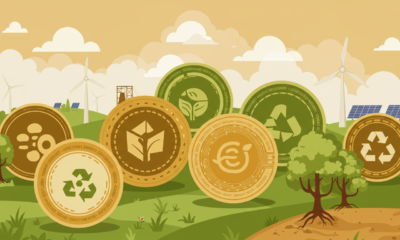Food spoilage is more than a household inconvenience. Across the supply chain, spoiled food creates measurable losses that affect national economies, strain the environment, and contribute to public health concerns. Reducing food waste begins with recognizing the scale and consequences of spoilage, much of which can be prevented through better handling, storage, and consumer habits.
Economic Losses from Farm to Consumer
According to the U.S. Department of Agriculture, food waste in the United States amounts to approximately 30 to 40 percent of the total food supply. Much of this waste is due to spoilage at various stages, including production, transportation, retail, and household use. For producers and retailers, spoiled goods lead to direct financial losses. For consumers, money spent on food that goes uneaten represents a significant and unnecessary expense. At the national level, these losses impact food prices, strain supply chains, and reduce profit margins across the agricultural and retail sectors.
Environmental Toll of Wasted Resources
Spoiled food reflects wasted natural resources, such as water, energy, and land used in production. When food decomposes in landfills, it emits methane, a greenhouse gas more potent than carbon dioxide. These emissions contribute to climate change and reduce the overall efficiency of the food system. Additionally, packaging waste and inefficient transportation methods further increase the environmental footprint. Preventing spoilage through improved refrigeration, more efficient logistics, and proper packaging (such as the use of a custom corrugated plastic box for produce) can help minimize unnecessary environmental impact.
Health and Food Safety Risks
Spoiled food not only contributes to waste but also creates potential health hazards. Improperly stored or expired products may harbor bacteria or mold that can lead to foodborne illness. In lower-income households, where food budgets are tighter, spoilage can lead to reduced nutritional intake and reliance on less healthy options. Public health efforts focused on food safety and education about proper storage can help reduce these risks and support better health outcomes.
Addressing food spoilage requires cooperation across sectors, from agriculture and logistics to retail and consumer education. Each stage in the supply chain plays a role in minimizing loss. Reducing spoilage protects resources, strengthens the economy, and promotes a healthier population. To learn more, look over the infographic below.


 Environment10 months ago
Environment10 months agoAre Polymer Banknotes: an Eco-Friendly Trend or a Groundswell?

 Environment12 months ago
Environment12 months agoEco-Friendly Home Improvements: Top 7 Upgrades for 2025

 Features9 months ago
Features9 months agoEco-Friendly Cryptocurrencies: Sustainable Investment Choices

 Features10 months ago
Features10 months agoEco-Friendly Crypto Traders Must Find the Right Exchange



















